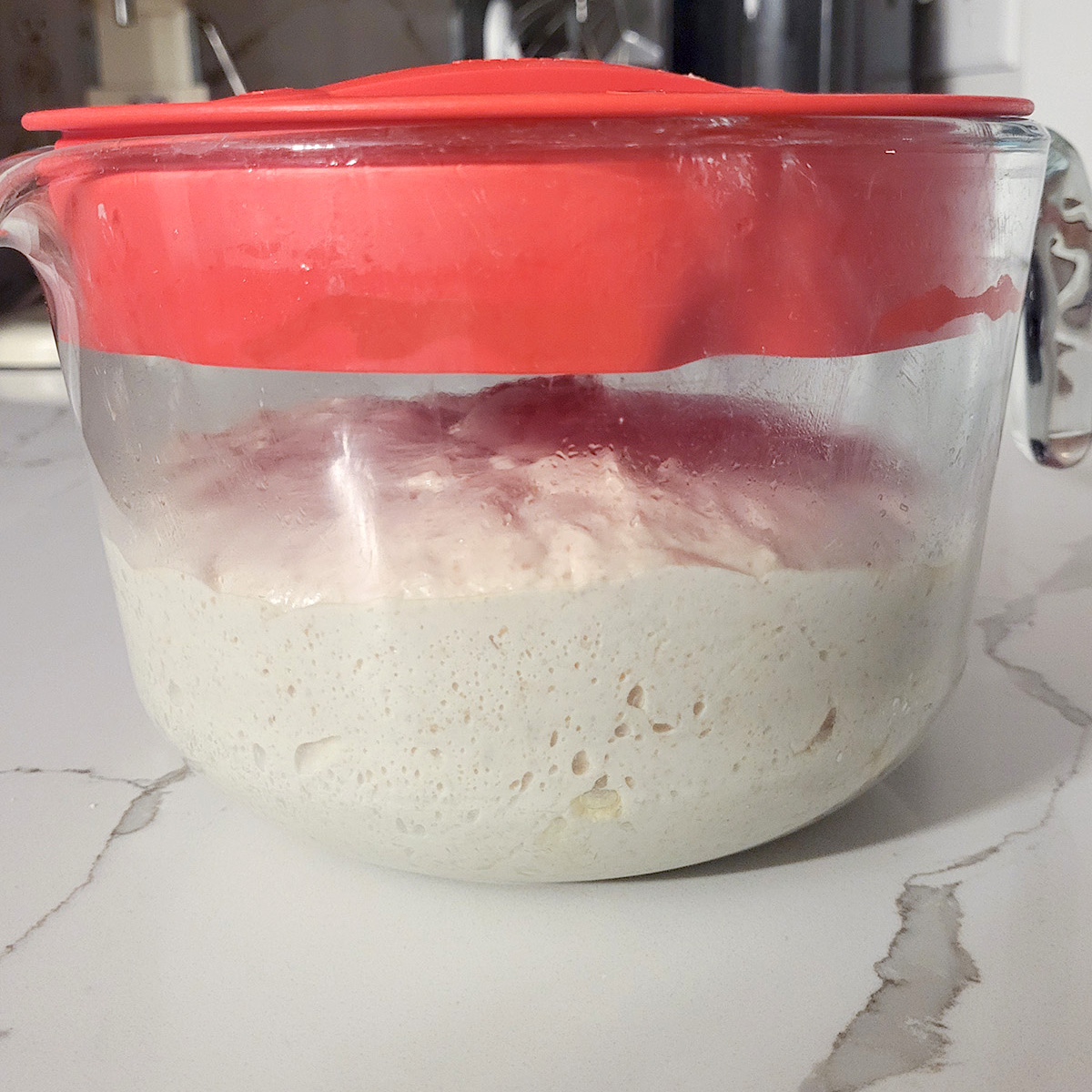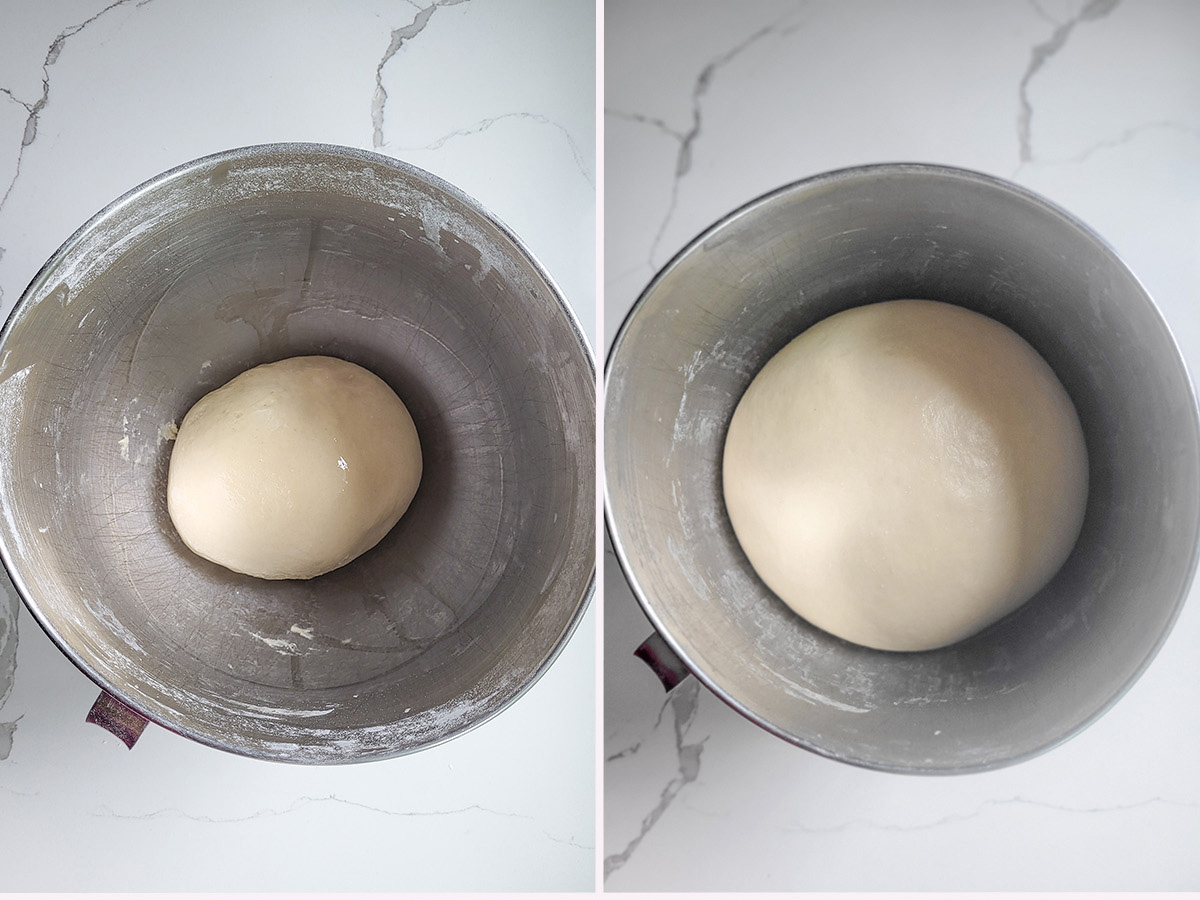Your Guide to Bread Fermentation
Fermentation is where the magic happens. As yeast feeds on sugars in the dough, it produces carbon dioxide and flavor compounds, transforming a simple mixture into a lively, fragrant dough. Once you learn to recognize the signs of proper fermentation, you’ll never be tied to a timer again.

Table of contents
What Happens During Fermentation
Fermentation is the period when the dough rests at room temperature and the yeast produces carbon dioxide. The CO₂ fills tiny air pockets that developed during mixing and kneading. As those bubbles expand, the dough rises.
This slow stretching also encourages additional gluten development, which contributes to the bread’s final texture.
Temperature, Time & Flavor
Yeast is most active around 95°F, but at that temperature it also produces stronger, sometimes unpleasant by-products. A fermentation temperature around 75–80°F allows for good activity and clean, pleasant flavor.
Don’t get hung up on exact temperature. The ambient temperature of your kitchen is usually fine:
- Cool room → slower rise → more developed flavor
- Warm room → faster rise → milder flavor
Lower temperatures can easily extend fermentation time by an hour or more, and that extra time is when complex, desirable flavors develop.
How to Tell When Bulk Fermentation Is Done

Fully fermented dough appears aerated and slightly domed, with a softer, more elastic feel.
Bulk fermentation is complete when the dough has visibly expanded (about doubled) and feels aerated and slightly domed.
- Use the Poke Test:
Press your fingertip gently into the dough. - If it collapses or feels weak/slack, it may be over-fermented.
- If the dimple stays, the dough is ready.
- If it springs back, it needs more time.
Folding (a.k.a. Degassing) the Dough
Some recipes instruct you to “fold” the dough to gently redistribute gas. Others say to “punch it down.” The goal is the same:
- Realign and strengthen gluten
- Even out temperature and hydration
- Redistribute yeast cells and gas pockets
Because fermentation generates heat, alcohol, and moisture, fermented dough often feels softer and more relaxed than freshly kneaded dough.
“Retarding” Fermentation (Cold Fermentation)
Refrigerating dough after bulk fermentation is called retarding.
Why retard the dough?
- Scheduling:
Mix and ferment the dough, then refrigerate it so you can shape and bake when it suits your timeline.
Cold dough is also easier to handle during shaping. - Flavor & Texture:
Slow, cool fermentation allows yeast and bacteria extra time to develop flavor and improve crumb structure.
Yeast activity slows about 10× in the refrigerator, encouraging a more open, even crumb.
You can refrigerate either just before shaping (bulk retard) or after shaping (final-rise retard). Both approaches have benefits.
Visit the Yeast Ingredient Science page to learn which yeast performs best during long, cold fermentation.
Troubleshooting Fermentation Problems
Your dough is now fully fermented and ready to shape. Move on to Shaping & Scoring Bread Dough →

